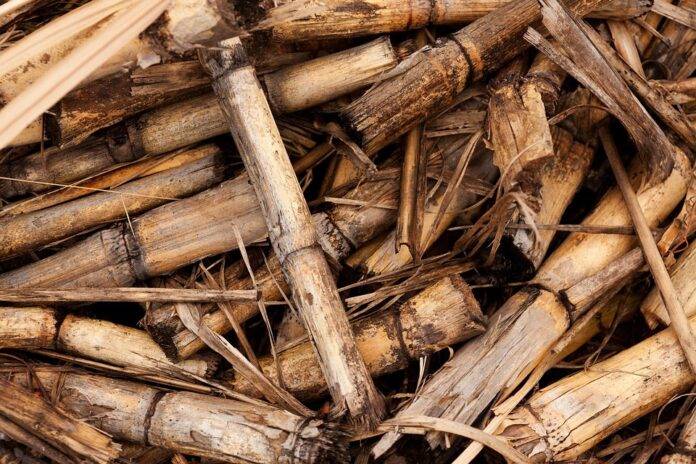Field Residue Management and Ratoon Crop Protection Strategies
Field residue management and ratoon crop protection strategies are crucial aspects of sustainable agriculture practices that aim to maximize crop productivity while minimizing environmental impact. In this report, we will delve into the importance of managing field residues effectively and protecting ratoon crops to ensure long-term agricultural sustainability.
Field Residue Management
Field residues, such as crop stubble, straw, and other leftover plant materials, play a significant role in soil health and fertility. Proper management of these residues is essential to maintain soil structure, organic matter content, and nutrient cycling. Farmers can adopt various strategies to manage field residues effectively, including:
1. **Tillage Practices**: Conservation tillage techniques, such as no-till or reduced tillage, can help retain field residues on the soil surface, preventing erosion and improving water infiltration. These practices also promote soil microbial activity, which aids in the decomposition of residues and nutrient release.
2. **Cover Cropping**: Planting cover crops during fallow periods can help capture nutrients, reduce erosion, and improve soil health. Cover crops can also serve as a source of organic matter when incorporated into the soil after termination.
3. **Mulching**: Mulching crop residues can help conserve soil moisture, suppress weed growth, and regulate soil temperature. Organic mulches, such as straw or hay, can also contribute to soil organic matter content over time.
4. **Crop Rotation**: Rotating crops with different residue characteristics can help diversify soil microbial populations and nutrient cycling processes. This practice can also break pest and disease cycles, reducing the need for chemical inputs.
Ratoon Crop Protection Strategies
Ratoon cropping is a practice where a crop regrows after the initial harvest from the stubble or roots of the previous crop. Protecting ratoon crops is essential to ensure their successful regrowth and subsequent yield. Farmers can implement the following strategies to safeguard ratoon crops:
1. **Pest and Disease Management**: Monitoring for pests and diseases during the ratoon crop phase is crucial to prevent yield losses. Integrated pest management (IPM) practices, such as crop scouting, biological control, and judicious use of pesticides, can help mitigate pest and disease pressures.
2. **Nutrient Management**: Providing adequate nutrients to ratoon crops is essential for their growth and development. Soil testing and targeted fertilization can help optimize nutrient availability and uptake by ratoon crops.
3. **Water Management**: Proper irrigation scheduling is critical for ratoon crop success, especially in regions with limited water availability. Drip irrigation systems or soil moisture sensors can help farmers optimize water use efficiency and ensure adequate moisture for ratoon crop growth.
4. **Weed Control**: Managing weeds in ratoon crops is essential to prevent competition for nutrients, water, and sunlight. Mechanical cultivation, mulching, and herbicide applications can be used to control weeds effectively.
In conclusion, effective field residue management and ratoon crop protection strategies are integral components of sustainable agriculture practices. By adopting these practices, farmers can improve soil health, protect crop yields, and minimize environmental impact. Continued research and innovation in these areas will be critical to meeting the challenges of modern agriculture and ensuring long-term food security.




